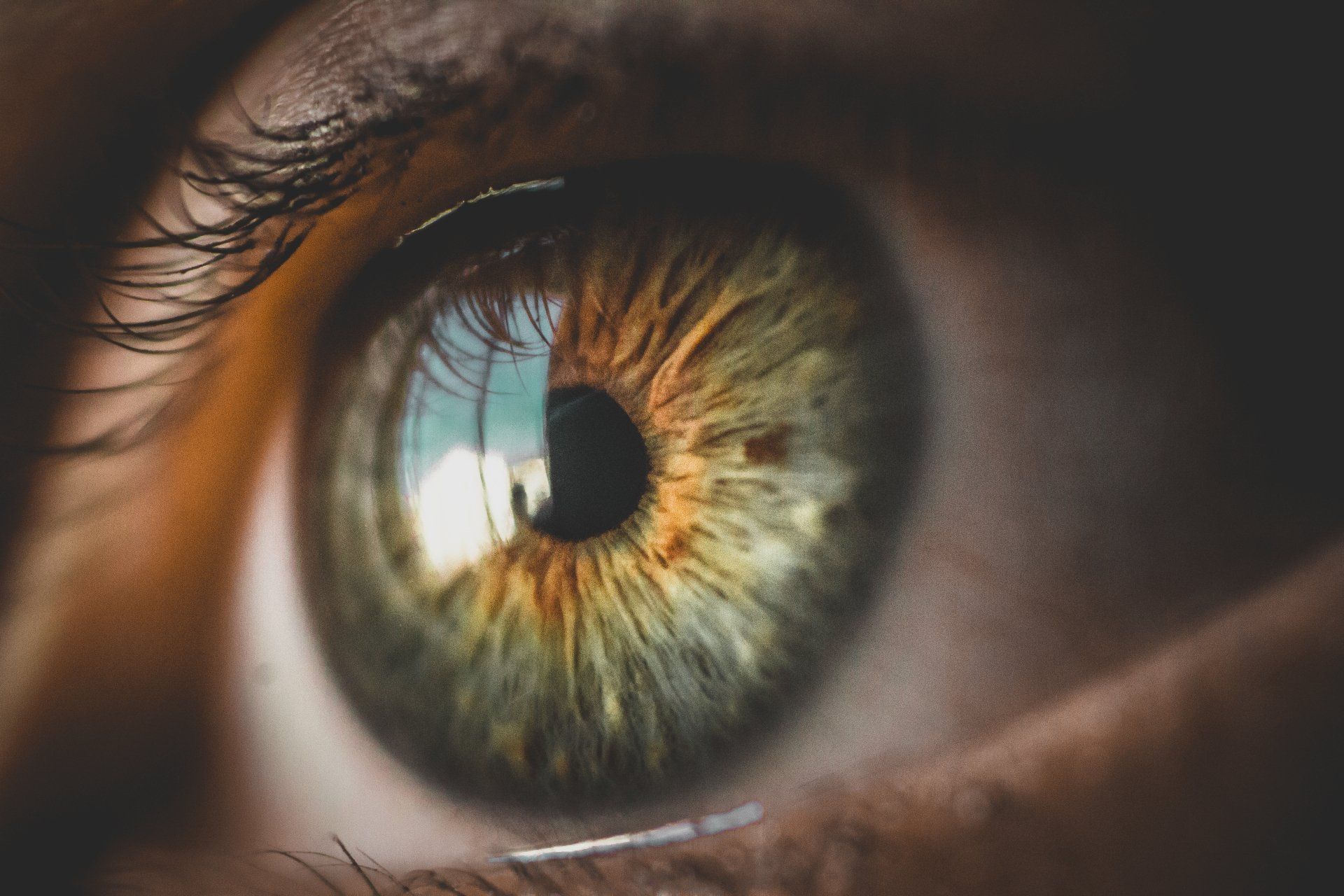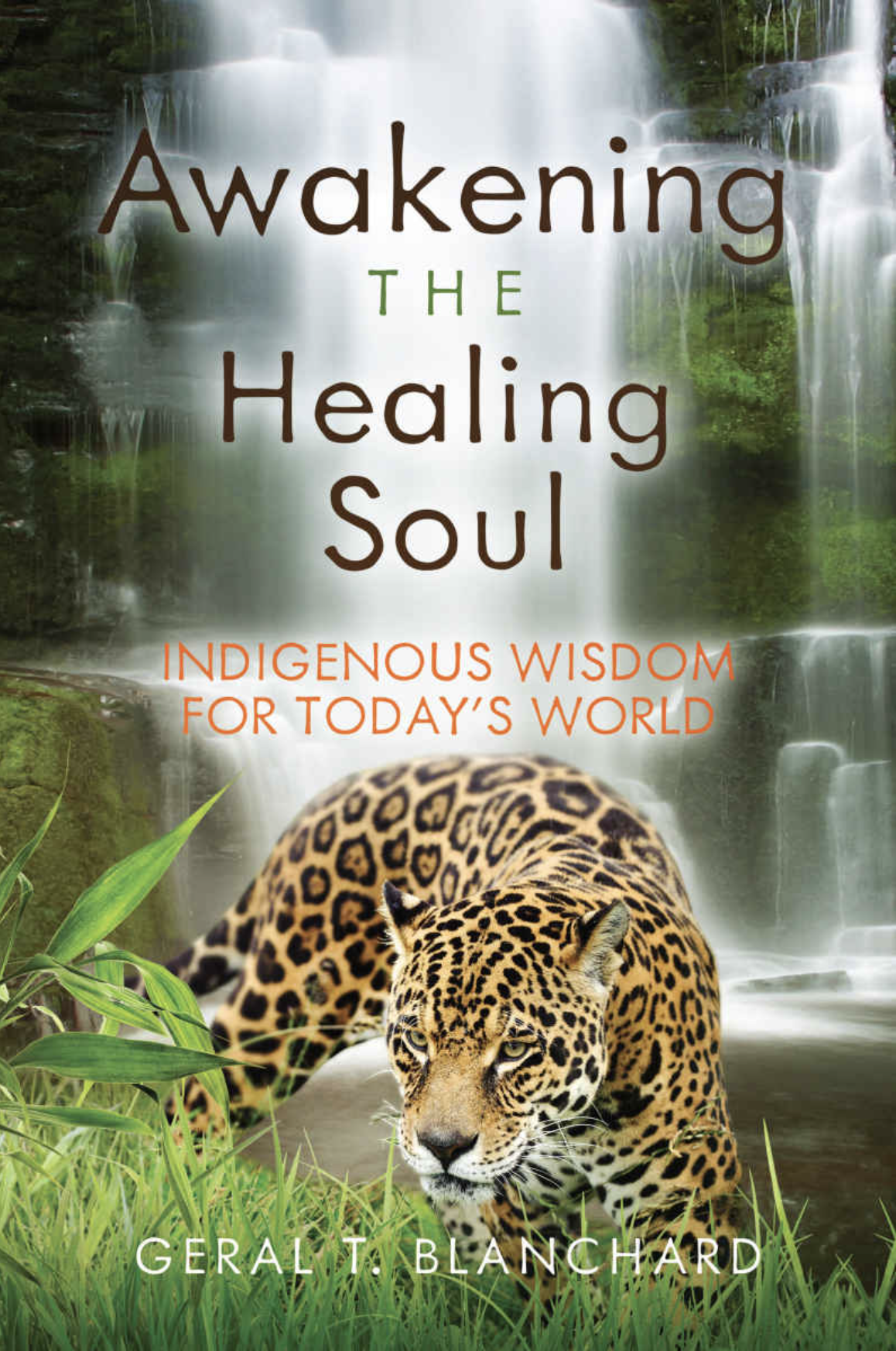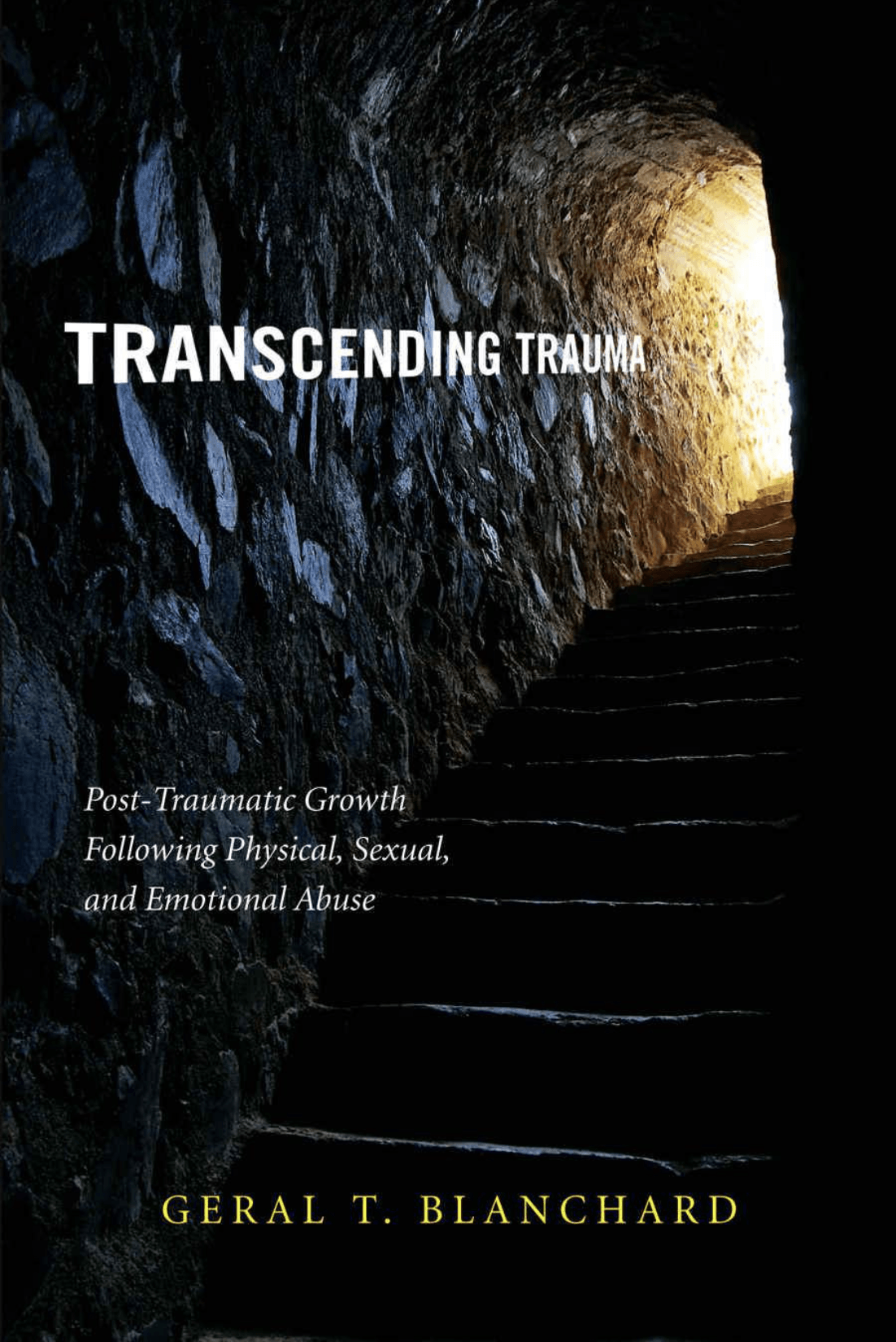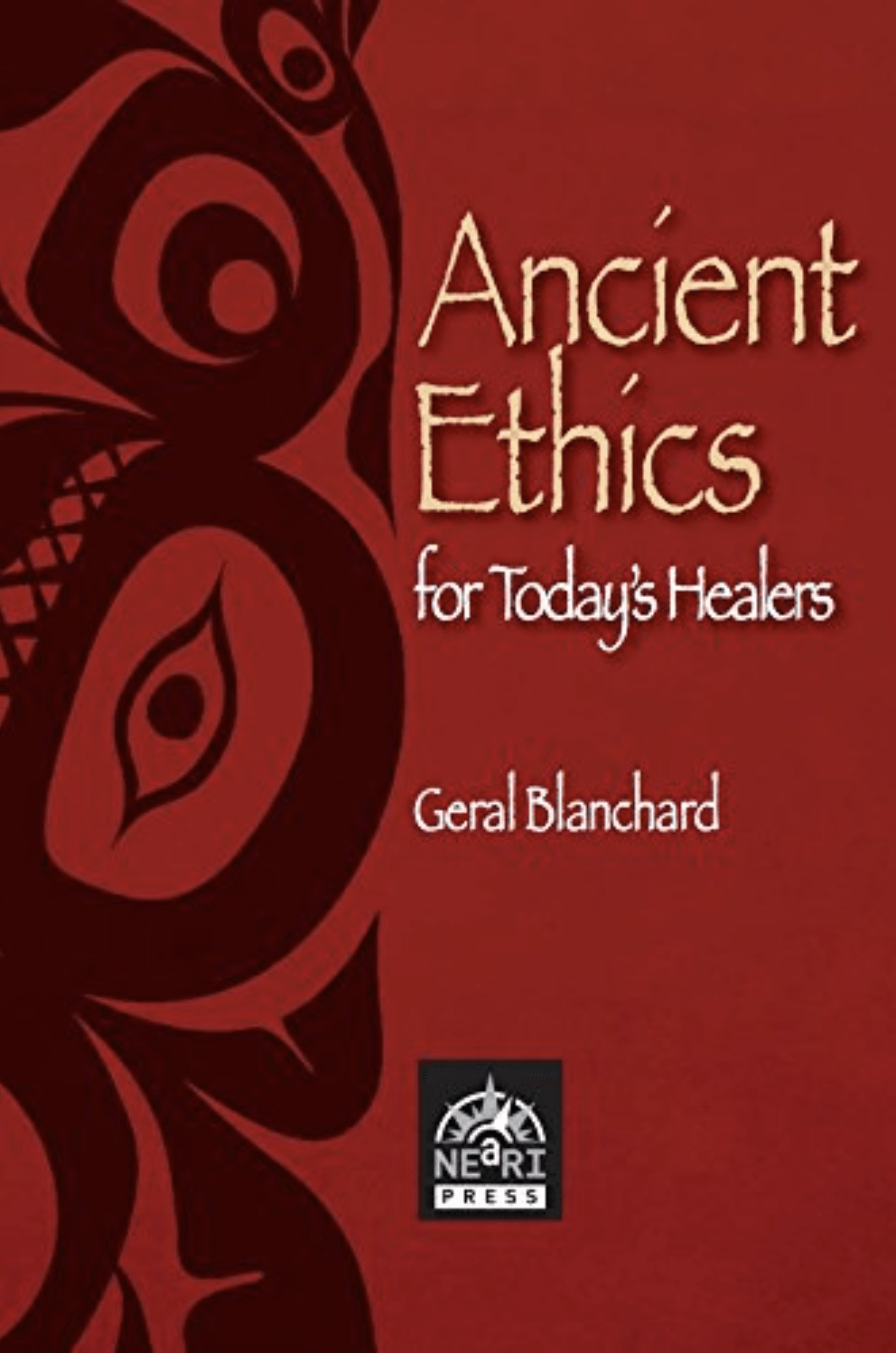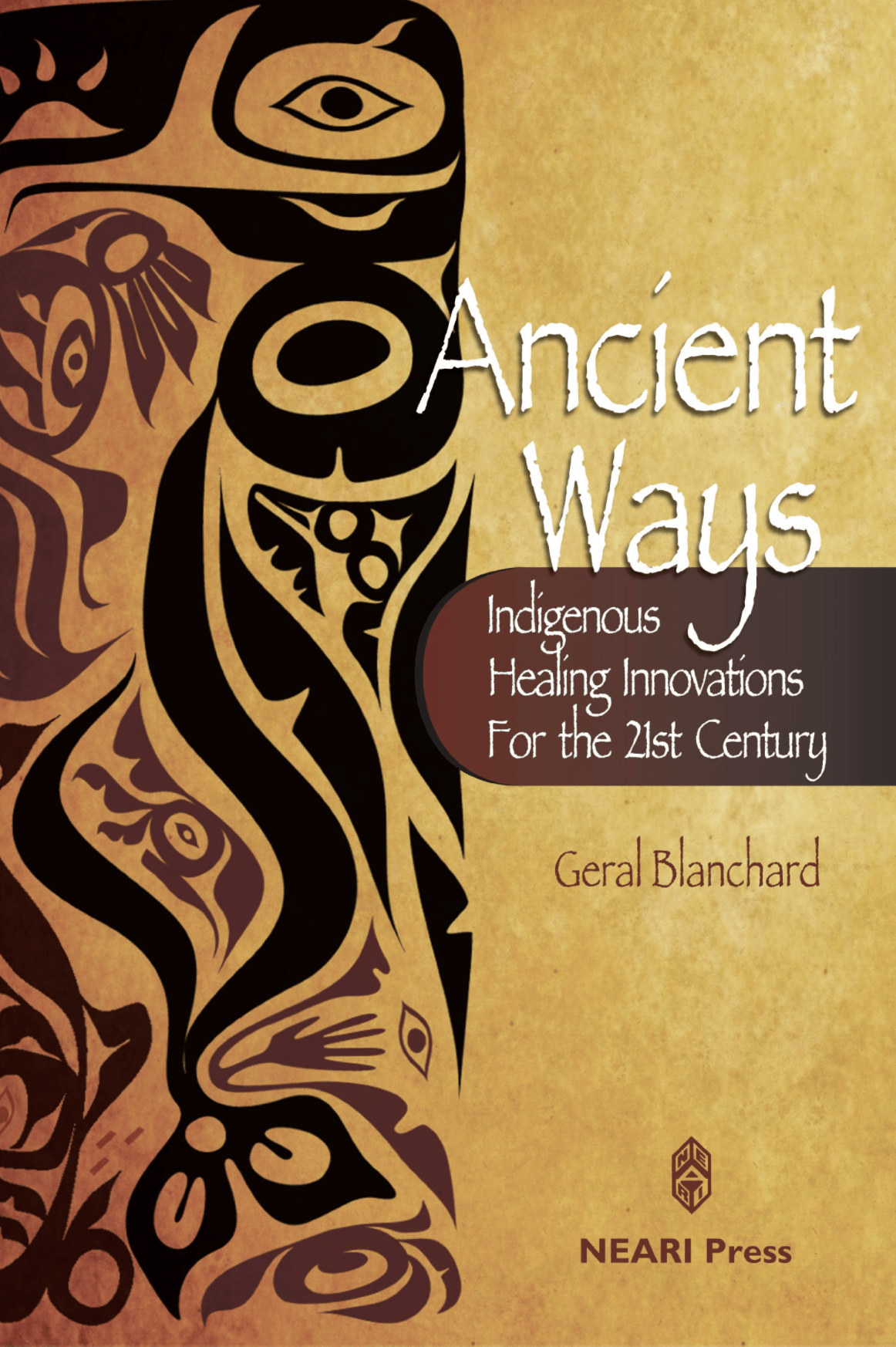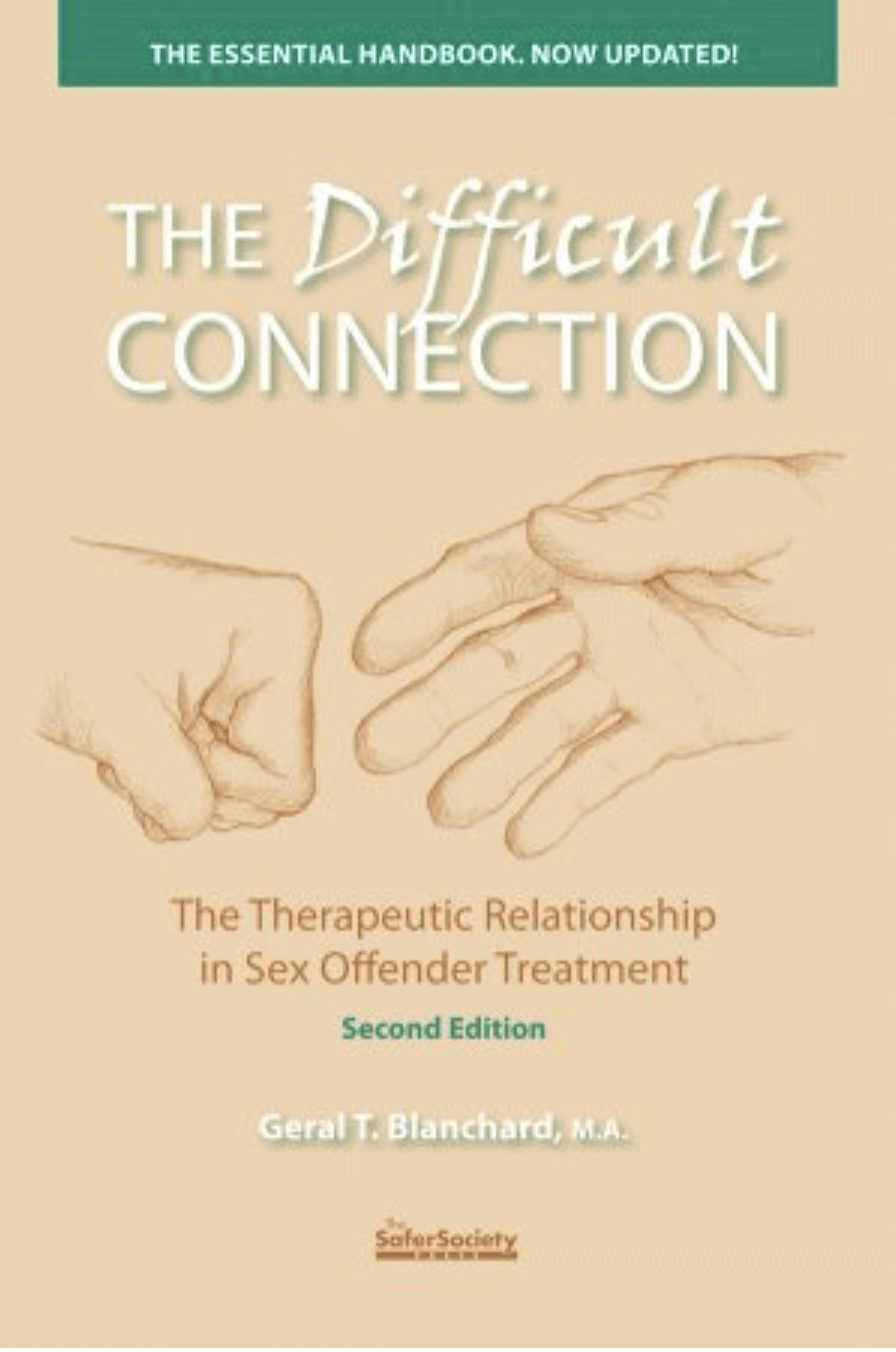Geral Blanchard, LPC, is a psychotherapist who is university trained in psychology and anthropology. Formerly of Wyoming and currently residing in Iowa, Geral travels the world in search of ancient secrets that can augment the art and science of healing. From Western neuroscience to Amazonian shamanism, he has developed an understanding of how to combine old and new healing strategies to optimize recovery, whether from psychological or physical maladies.
MDMA: Heart and Soul
Alvin Moore, a philosopher, wrote in the spiritual journal, Parabola, about Inner Man, the Man in every man. There is no he but He, Moore wrote.
He thought of the soul as being inseparably linked with the Divine, a relationship that is inescapable, even in a predicament called Hell. He wrote, “Whoever knows God becomes God.” (note use of caps)
Eliezer Shore, also in Parabola, said: “The path of the soul is not simple; it travels a torturous route in this world…moving from unity to dissolution before reaching the final destination, back to wholeness.” What he is implying is that the soul begins in unity before entering our middle world existence on Earth. Prior to entering this world, it exists in a state of attachment to the Divine Source. At the moment of birth as a human being, this first-time connection may be momentarily lost, and with it what Native Americans called the Original Instructions.
Our soul descended onto Earth from the stars, became broken and fragmented, splintered into a trillions of pieces (energized elements and eventual life forms) before settling across Earth. Like rain upon fields, the soul slowly seeped into all things animate or seemingly inanimate. These life-nurturing soul drops became incorporated with the objects of the planet and gave animation and vitality to our existence. So while we imagine the soul as existing somewhere in the body, it is likely exists anywhere, everywhere.
While Alvin Moore, among others, finds it difficult to define or locate the soul, the heart keeps coming to his mind. He submits that a soul is best conceptualized as a “subtle heart” or the “intelligence of the heart,” rather than a place or even a thing. It is like an intermediary, a go-between or mediator, of flesh and Spirit. And we are encouraged to listen to this intuitive middle brain because it is more than a repository of thoughts, facts, and information like its upper floor relative, the cranial brain. The heart brain holds profoundly personal and primordial knowledge that we are encouraged to trust because, as Moore asserts, it is felt to be “truer than science.” It constitutes a knowing of Source that is being revealed to us.
The soul and heart are accessed quite readily in MDMA sessions and in some other forms of deep meditation. We go inward to find and know the better angels of ourselves, what Moore calls the “permutations of the [core] elements.” Until now, too much has been documented about the fragmented left brain version of the outer man, much to the neglect of the inner right brain that connects us to the Whole.
The history of the world is the history of the soul. With it comes humanity’s search for meaning. It isn’t surprising to note how indigenous art -- from culture to culture and around the globe -- consistently displays figures of birds arising from the heads of humans as a symbol of transcendence from individual human form into something more boundless.
The Aztecs, like so many indigenous cultures, have pondered the concept of a soul. Three symbols of it have routinely arisen: the bird, the butterfly, and the flower which is linked to the sun. All three were regarded as part of Creator. Some MDMA patients see and ultimately fly with the birds. Some imagine themselves unfolding from one form into another before taking flight into a more expansive world. One person reported seeing his heart split open as flowers blossomed within it, pushing all else aside while recognizing the beauty residing within. At some level patients discover their innate Self while, at the same time, appreciating that their life journey is just now getting underway. Many realize, sooner or later, how they are not irrevocably stuck on the ground, trapped in a dark cocoon, nor anywhere near fully developed.
(As I write this a bird sits outside my window, repeatedly tapping on the glass with her beak. She sees her own reflection as if it is unclear who, even as a bird, she is. Perhaps she is asking, “Is there another version of me?”
Like the soul, Thomas Moore (priest turned psychotherapist) posits religion and spirituality can be regarded not so much as things, but as attitudes, a sensibility, or a conscience. Secularizing (vs. sacralizing) the soul reduces the human experience to human behaviors and the intriguing mystery of personhood to the limited idea of a “self.” We are so much bigger than what is compressed in our earthly skinsuits. At the same time, the sacred and the secular are bedfellows, diverse and sometimes contentious parts.
MDMA helps us get to the very deepest level of who we are. Us at the core. Currently our understanding of the mystery of Nature is unrealized. It remains limited by technology and contemporary therapeutic interpretations. Invisible sparks of the Divine may eventually be understood as the elusive parts of our own masked consciousness. Some people find MDMA helps them anchor their self in this bigger picture of the Vast Self.
**********
“When spiritual practice is grounded in the low, earthly religion of the soul’s ordinariness, then it can soar as high as it wants without loss of humanity.”
- Thomas Moore
“The wind is pushing the sky through you. The wind loves its body.”
- Jose, age 10
*********
Additional Reading:
Care of the Soul and
A Religion of Ones’ Own, both by Thomas Moore
Other Topics
Basics of MDMA
Rituals and Ceremony
Brain and MDMA
Trauma
Heart
Energy Movement
Quantum Physics
Native Cosmologies
Nature
Spirituality/Enlightenment
Kogi Tribe
Books written by Geral T. Blanchard
More Articles

